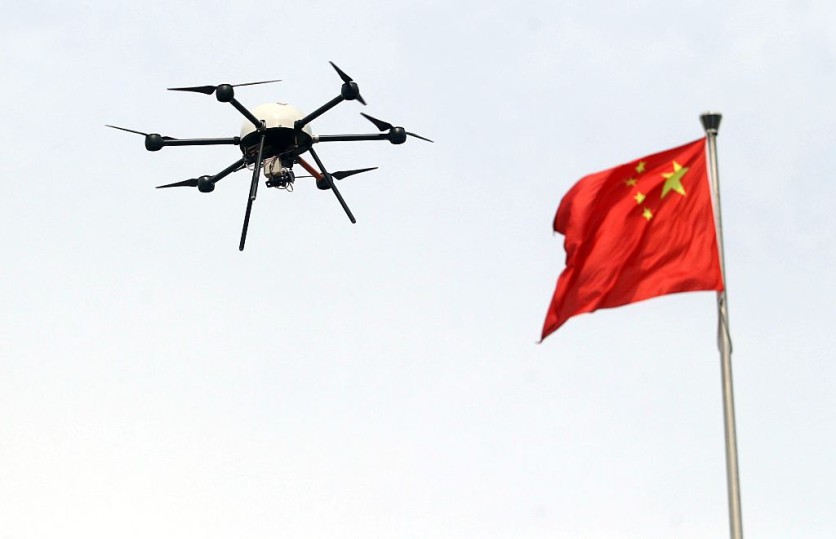China is reportedly engineering a new type of aircraft that doubles as a stealth fighter jet, capable of detaching its wings to utilize it as a pair of drones mid-air. Currently, neither a designation nor any potential photos of the new aircraft exist.
The China Aerodynamics Research and Development Centre (CARDC) successfully tested the new stealth fighter, according to sources citing a May 2024 article published in the Chinese journal "Advances in Aeronautical Science and Engineering."

It is said that each drone is powered by electric ducted fans. The aircraft and its drones managed to stay in the air despite the drone separation maneuver during the test flight, which allegedly caused flight instability due to the aerodynamic shift.
According to reports, this represents a significant advancement in drone technology and stealth fighter aircraft development. Aerial combat becomes much more difficult when drones can be launched from a fighter, and the potential uses for these devices are practically limitless.
The plane and its drones can operate in tandem while assisting each other on a mission, according to Du Xin, a senior engineer at CARDC's Aerospace Technology Institute. This is made possible by the drone integration.
Detachable Wing-Drones' Advantages
A stealth fighter of the fifth generation is an impressive feat of engineering in and of itself. The same is true of contemporary UAVs, but incorporating them into an airframe that can change and unleash drones might greatly boost the lethality of all three aircraft.
Sources tell Du claims this can successfully address problems like range incompatibility and speed mismatch between human and unmanned aircraft, resulting in complementing advantages.
China's Laser Propulsion Breakthrough
This development only shows how China continues to improve its military arsenal and capabilities. Most recently, Chinese scientists also made a breakthrough in laser propeller efficiency, transforming underwater vehicles' mobility into that of jet engines.
According to sources, the enhancement is caused by laser pulses emitted through the submarine's optical fibers. These pulses are smaller than a human hair and can produce thrust equivalent to 70,000 newtons, just like a commercial jet engine.
Underwater bubbles are produced by "supercavitation," a process that vaporizes saltwater and is facilitated by laser pulses. By reducing water resistance so much, this technique may enable submarines to travel faster than the speed of sound without producing position-indicating mechanical noise vibrations.
The project's coordinator, Ge Yang, an assistant professor at Harbin Engineering University, develops new weapons and equipment for the People's Liberation Army Navy. Nonetheless, the northeastern Chinese institution has been the subject of US blockades and penalties.
Twenty years after Japanese scientists first proposed the concept, it has attracted international interest and research funding, particularly in China. Ge's team tackled issues related to energy loss and propulsion direction control by increasing the laser-to-thrust conversion efficiency by several orders of magnitude.
Though numerous challenges still need to be overcome, the method has enormous promise for military uses, such as nuclear submarine stealth propulsion. These issues include heat dissipation from optical fibers, longevity in high-power and high-salinity environments, and underwater steering and control system adaption.
Despite these obstacles, underwater laser propulsion aligns with the global trend toward all-electric propulsion and has the potential to enhance both military and commercial marine operations, including "green shipping" objectives.
Related Article: US AI Fighter Jets: Fly Without GPS, Teaching AI New Tactics to Stay Ahead of China





